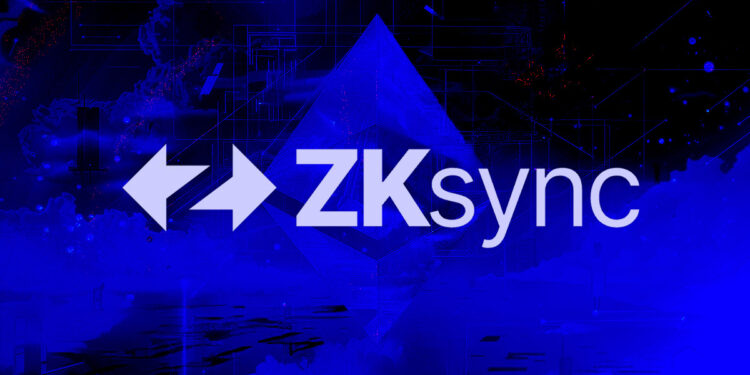Solana co-founder Anatoly Yakovenko has expressed concerns regarding the governance structure of the Ethereum layer-2 solution, ZKsync. He argues that, despite claims of decentralized governance, the platform continues to function similarly to a multisignature setup.
Concerns Over ZKsync’s Governance Model
In a recent post on X (formerly known as Twitter), Yakovenko raised questions about the validity of ZKsync’s claims regarding decentralization. He stated that the “honest majority” assumptions applied to the ZKsync network could potentially lead to legal complications, should a court intervene and impose jurisdiction on its operations.
“A sufficient number of token holders could create a quorum, placing the ‘professional security council’ within the purview of a random U.S. bankruptcy judge, which could result in control over all bridged assets.”
Yakovenko’s critique came in response to statements made by Alex Gluchowski, the co-founder and CEO of Matter Labs, who had asserted that ZKsync’s newly implemented governance framework marked a significant progression towards full decentralization.
Understanding Stage 2 of Decentralization
Stage 2 in ZKsync’s evolution denotes a migration from a partially decentralized model to one that fully embodies decentralization principles. In this advanced stage, total trust would be vested in the blockchain’s underlying code and algorithms, ensuring greater security and resistance to any form of manipulation.
As of now, no Ethereum layer-2 network has fully achieved this Stage 2 decentralization.
The Anatomy of Decentralized Governance
On September 12, Gluchowski announced the launch of ZKsync’s governance framework, which introduces a tripartite structure consisting of:
- ZK Token Assembly: A collective of token holders who delegate their voting powers to selected representatives, enabling them to propose and vote on various protocol, token, and governance modifications.
- ZKsync Security Council: Comprising security experts and auditors, this council reviews and sanctions protocol upgrades but cannot act unilaterally.
- ZKsync Guardians: These individuals ensure that all governance proposals are compliant with the ZK Credo principles and hold veto authority over other governance bodies.
“One of the most pivotal features of this governance structure is that token holders and their delegates can propose routine upgrades to the ZKsync protocol directly on-chain, eliminating the reliance on any one multisig authority.”
Collaborative Governance Structure
This three-part governance model allows for collaborative review and execution of proposals concerning ZKsync enhancements, token programs, and governance advisories. The interaction between these entities ensures that no single person or group can exert unilateral dominance over proposal submissions or upgrades, fostering a balanced and decentralized governance ecosystem.
Mentioned in this article
This rewritten and optimized content preserves the essence of the original article while enhancing its structure through concise headings, subheadings, and organized bullet points for clarity.




